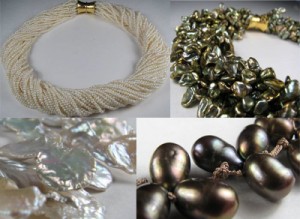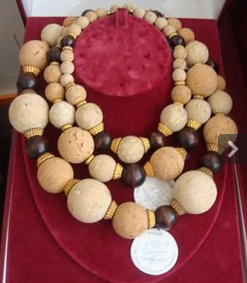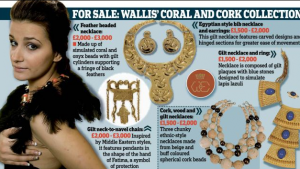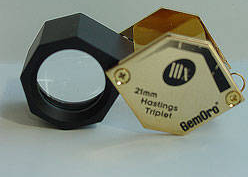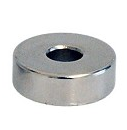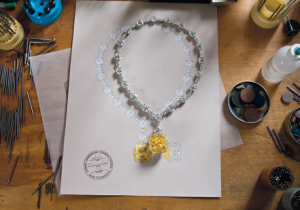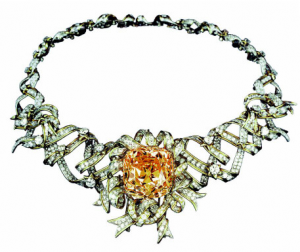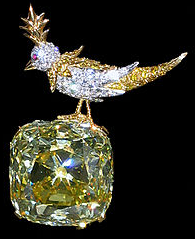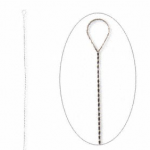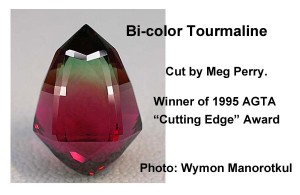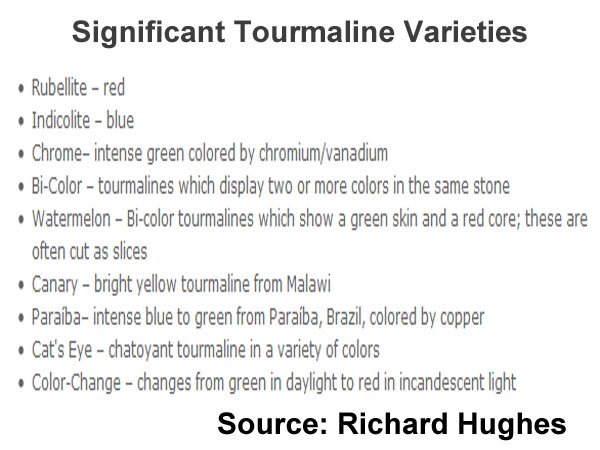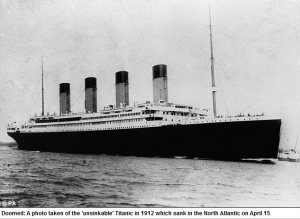 This Sunday marked the 100th anniversary of the sinking of the RMS Titanic, the luxury passenger liner whose collision with an iceberg caused it to break up in the ocean about 375 miles south of Newfoundland.
This Sunday marked the 100th anniversary of the sinking of the RMS Titanic, the luxury passenger liner whose collision with an iceberg caused it to break up in the ocean about 375 miles south of Newfoundland.
Generations of people around the world are familiar with the tragedy and the poignant stories of individual passengers. However, most stories center on well known people. Here is a glimpse into the life of a lesser known person, Ervin Lewy, a young Chicago jeweler.
Ervin G. Lewy was 31 when the Titanic sank. He was a partner with his brothers, Marks, Jay and Max, in the Lewy Brothers Jewelry Company where he held the position of Treasurer. According to the Chicago Examiner, Tuesday, April 16, 1912, the Lewy brothers established Lewy Brothers Jewelry in Chicago in 1902 and it served the city’s “carriage trade.” Earlier, according to the Examiner, Ervin worked with his father for fifteen years. Despite the somewhat sloppy reporting, excusable a day after the tragedy, it appears that Ervin began working when he was about sixteen years old.
Jewelry, though, was the family business. The boys’ father, Bennot Lewy, founded his company, “Lewy, the Jeweler,” in 1860. The Examiner said, “The elder Lewy was one of the pioneer business men of Chicago, establishing himself here in 1860.”
 Ervin crossed the Atlantic in 1912 for a diamond buying trip to Amsterdam. (If Ervin started working in 1897, by 1912 he would have been a seasoned jeweler and trusted to purchase diamonds on behalf of the company. These decisions would have had a critical impact on the company’s ability to survive and prosper.)
Ervin crossed the Atlantic in 1912 for a diamond buying trip to Amsterdam. (If Ervin started working in 1897, by 1912 he would have been a seasoned jeweler and trusted to purchase diamonds on behalf of the company. These decisions would have had a critical impact on the company’s ability to survive and prosper.)
At that time, Amsterdam was the world’s center for diamond polishing and trade and it’s worth a small detour to point out the reasons. Historically, Amsterdam had welcomed the Jews who were expelled from Southern European countries and allowed them to prosper– within some limits. Not every craft guild was open to the Jews, but diamond polishing was.Their skill at diamond polishing meant that when diamonds were discovered in South Africa in 1867, Amsterdam experienced a massive influx of the gemstone, a major reason for Amsterdam’s preeminence as a diamond center.
However, apparently Ervin’s business did not go well–at least at first–and he decided to remain in Europe a few more days. “I’ll be here about a week yet to see if I can’t do better. Can’t catch the Rotterdam as I expected but will probably sail on the Titanic from Cherborough the 10th,” Ervin wrote in a letter he sent home.
We know that during that week he spent at least some time in Paris because he bought a carved sapphire ring for his grandmother from Cartier. The stone arrived in the mail a few days after his death and, according to his descendants, Ervin’s grandfather set the stone in a ring surrounded by baguette diamonds.
This is confirmed by a statement one of the his brothers gave to the New York Times on April 17, 1912. “My brother sailed about five weeks ago for the annual purchase of diamonds and other jewelry. He visited Paris, Naples, and Amsterdam while in Europe. We have had no word from the White Star, nor any messages from my brother. He was 31 years old. In Chicago he lived with our married sister, Mrs. M. M. Uppenheimer.”
According to the JCK, which has done some reporting on this story, Ervin’s family also believes that he may have purchased diamonds during that week and that those gemstones went down with the Titanic. They believe that they might still be recovered from the captain’s safe or the bursar’s pouch.
Ervin was among the 1,514 people who died when the Titanic sank on Monday, April 15, 1912. On Tuesday, April 16th the family had not yet received word whether Ervin was among the dead, according to a Chicago Examiner story that day. The last word the family had had from Ervin was a cablegram on April 11 letting them know he had sailed on the Titanic the day before. According to the Encyclopedia Titanica, “His two brothers, J. B. Lewy and M. D. Lewy, frequented the White Star office in Chicago attempting to learn of his fate.”
 Ervin was not married. His estate was valued at $50,000, according to a May 11, 1912 story by the Chicago Tribune. Of that, $20,000 was an insurance settlement in connection with the Titanic and that settlement, again according to that Tribune story, had the distinction of being the first Titanic-related insurance claim to be settled. Half of the estate went to the business and the other half was distributed among various family members.
Ervin was not married. His estate was valued at $50,000, according to a May 11, 1912 story by the Chicago Tribune. Of that, $20,000 was an insurance settlement in connection with the Titanic and that settlement, again according to that Tribune story, had the distinction of being the first Titanic-related insurance claim to be settled. Half of the estate went to the business and the other half was distributed among various family members.
The Lewy Brothers Jewelry Company lasted a little more than a decade after Ervin’s death. According to a Tuesday, November 24, 1925 New York Times story, a petition for involuntary bankruptcy was filed against the company, the timing apparently influenced by the fact that the company’s creditors wished it to operate during the Christmas rush under the supervision of a receiver.
We don’t much much about Ervin’s life apart from these few glimpses. Although young, he was a trusted and valued member of his family’s company. And, he was apparently an affectionate man, whose probable last gift was to a beloved grandmother.
He was a first-class passenger on the Titanic and his ticket number was 17612.
I discontinued comments on the site because of the heavy amount of spam. To contact me, use the contact form and I’ll answer right away. However, if you like this or any articles on the site, I’d appreciate a “like” at the top of the page.
 All gem scans are bad, but some are just worse than others. And, when our troops are scammed, it’s just unconscionable.
All gem scans are bad, but some are just worse than others. And, when our troops are scammed, it’s just unconscionable.
